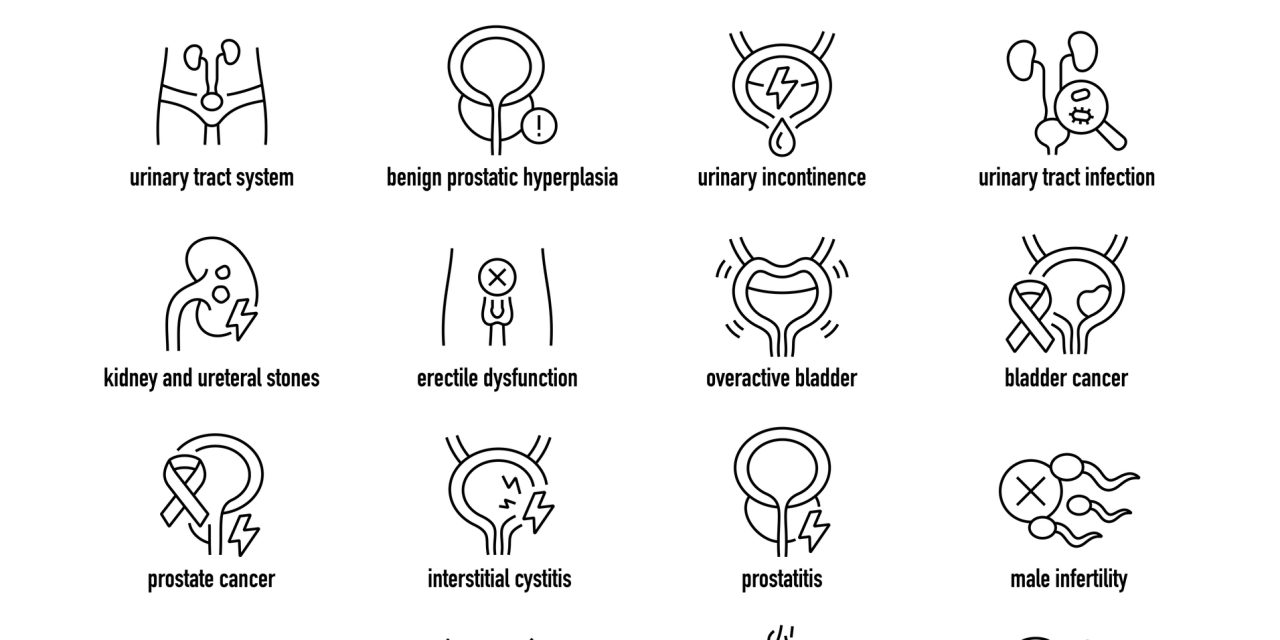Benign prostatic hyperplasia is a major disease that affects the quality of life of middle-aged and older men. Although >70% of men aged >70 years have pathological benign prostatic hyperplasia, its pathogenesis and progression remain unclear. In this article, we reviewed the scientific literature on this condition and examined the development of lower urinary tract symptoms. Clinically, the weight of the prostate is not always proportional to the severity of the symptoms, and many factors can influence the progression of benign prostatic hyperplasia. Other than androgens, chronic inflammation can play an essential role in its development and the induction of symptoms, especially in symptomatic hyperplasia, because inflammatory cell infiltration is frequently observed in the prostate. Inflammation-induced changes in the prostate environment lead to changes in gene expression and subsequent chronicity of inflammation. It has been suggested that chronic asymptomatic prostatitis might be associated with changes in prostate structure and subsequent symptoms. In animal studies, the administration of anti-inflammatory drugs in rats with chronic prostatitis prevented the infiltration of inflammatory cells and increased the gland-to-stroma ratio. It is hoped that future research on the molecular biology of asymptomatic prostatitis might help to develop new therapeutic strategies for lower urinary tract symptoms associated with symptomatic prostatitis. Our conclusions provide a comprehensive insight into the prevalence and development of benign prostate hyperplasia and the treatment methods that can be used to treat it.© 2021 The Japanese Urological Association.
Effects of inflammatory prostatitis on the development and progression of benign prostatic hyperplasia: A literature review.


